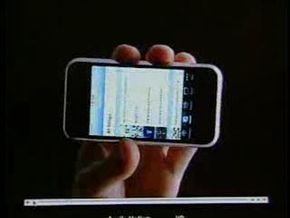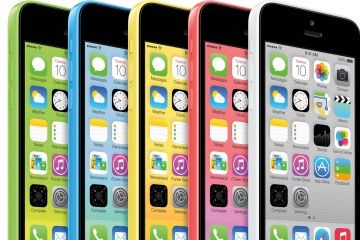Touch screens are growing in popularity in everything from personal computers to ATM machines, but the iPhone has an innovation. The difference between iPhone screens and most other touch screens is that they are made to respond to more than one touch at a time, and to movement of the touch. For instance, some of the commands are sent by moving the thumb and index finger apart or together on the screen.
The technology that allows this type of touch screen is based on capacitive circuitry, where the touch of a finger completes the circuit to send an electronic message to the "brain" of the phone. The capacitive system requires the user to touch with a finger, rather than a stylus or other non-conductive material. The iPhone screen uses one of two slightly different systems to send individual messages from each of the points on the screen. There is a self-capacitance system, in which there is a layer of separate electrodes, each able to sense the touch and send its message; and there is a mutual capacitance system, which uses two separate layers. One layer has driving lines, which carry the electric current; the other has sensing lines at a 90-degree angle to the driving lines. The sensing lines respond to touch at the nodes between the two layers of lines, with a signal being sent from each node.
Advertisement
Both types of iPhone screens start with the LCD layer (what the user sees) attached to the body of the phone. This is covered by a layer of glass substrate. In the mutual capacitance system, the sensing lines are bonded to this glass layer and followed by the layer of the driving lines. In the self-capacitance system, the electrode layer is on top of the glass substrate. In both cases, there is a bonding layer, a protective cover and finally, an anti-reflective coating.

